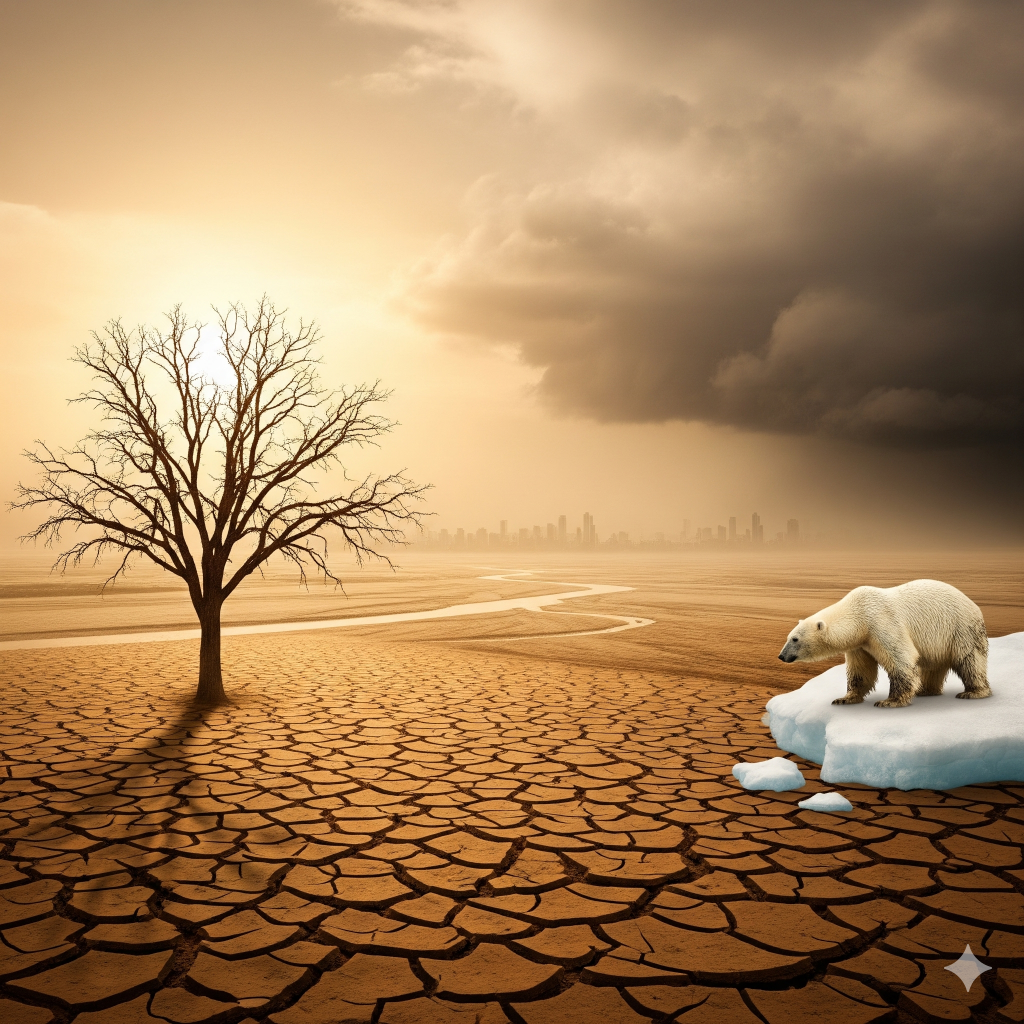Climate change is reshaping our world, and its effects are becoming increasingly personal, impacting not just our planet but also our homes and our health. The intertwined crises of climate change and housing are creating a perfect storm, where extreme weather events and rising temperatures are making our living spaces more precarious and our health more vulnerable.
The Rising Toll on Our Homes

Climate change is putting a strain on the physical and financial resilience of our homes. Rising temperatures are leading to more frequent and intense heatwaves, making it difficult to cool homes and increasing the risk of heat-related illnesses. Meanwhile, extreme weather events like floods, storms, and wildfires are causing structural damage and exposing occupants to hazardous substances like contaminated water and smoke. These events are not just physical threats; they also contribute to housing insecurity and financial stress. The increasing frequency of natural disasters is pushing insurance premiums higher, making it more expensive to protect homes and adding to the cost of living.
A Threat to Our Health and Wellbeing
The impact of climate change on our homes directly translates into an impact on our health. Deteriorating indoor air quality is a significant concern, as extreme temperatures can cause building materials to degrade and release pollutants. Wildfire smoke, laden with particulate matter, can infiltrate indoor spaces, leading to respiratory problems and other health issues. Floods and storms create conditions ripe for the spread of infectious diseases, while also exposing residents to mold and other toxins. The psychological toll is also immense, with climate-related disasters causing stress, anxiety, and even forced relocation, which can disrupt family life and lead to social disconnection and reduced access to essential services.
The Disproportionate Impact on Vulnerable Communities
The effects of climate change on housing are not felt equally. Low-income households and vulnerable communities are disproportionately affected. They often live in homes with lower structural quality that are more susceptible to damage from extreme weather. The rising costs of insurance and repairs, combined with a strained supply of affordable housing, can displace these communities, sometimes leading to “climate gentrification” where they are forced into higher-risk areas. Addressing these inequities requires a multi-faceted approach, including creating climate-resilient housing with features like proper insulation, ventilation, and fire-resistant materials, as well as implementing policies that protect the most vulnerable.
Leave a Reply